CarPrice in Japan: features of the national auto auction
You may have heard that CarPrice works not only in Russia, but also in Japan. The market for used cars there is very developed, and at first glance it seems that it is simply impossible to occupy a certain niche. But this is not so.
Japanese companies selling used cars operate on decades-honed schemes. The interaction mechanisms are polished to a shine, but they practically do not take into account the wide opportunities that IT opens up. Assessing the Japanese market from this perspective, we saw the prospect of taking a share in this market.

By volume, the Japanese market for used cars is smaller than the Russian one - 3.2 million were sold in Japan last year, and 5.2 million used cars in Russia. The average price of a used car in Japan in rubles is only 188 thousand, and in Russia - 428 thousand. Used cars are inexpensive there, there are practically no frankly "killed" copies. In Japan, the level of motorization of the country is much higher than ours: about 64% of residents have a car, versus 39% of Russian people. Due to rather strict laws, the operation of a car older than 13 years in Japan is unprofitable and virtually meaningless, while new cars are no longer luxury and affordable for everyone.
About 75% of cars the Japanese sell in trade-in, and the price of each is always determined approximately, "by eye". Car dealers attract buyers with huge discounts on new cars. Something like this: we take your car for $ 200, but for a new one we give a discount of $ 2,000. The vast majority of new cars are sold on credit - interest rates are so low (about 2-4% per annum) that the loan is more like an installment plan.
The largest player in the used car market - Gulliver Auto, has 400 points. This is a real monster company that buys cars from the Japanese and resells them abroad. Usually in Gulliver they give half of the market price, but then the money immediately. After the purchase, the car can be anywhere - from Africa to Australia.
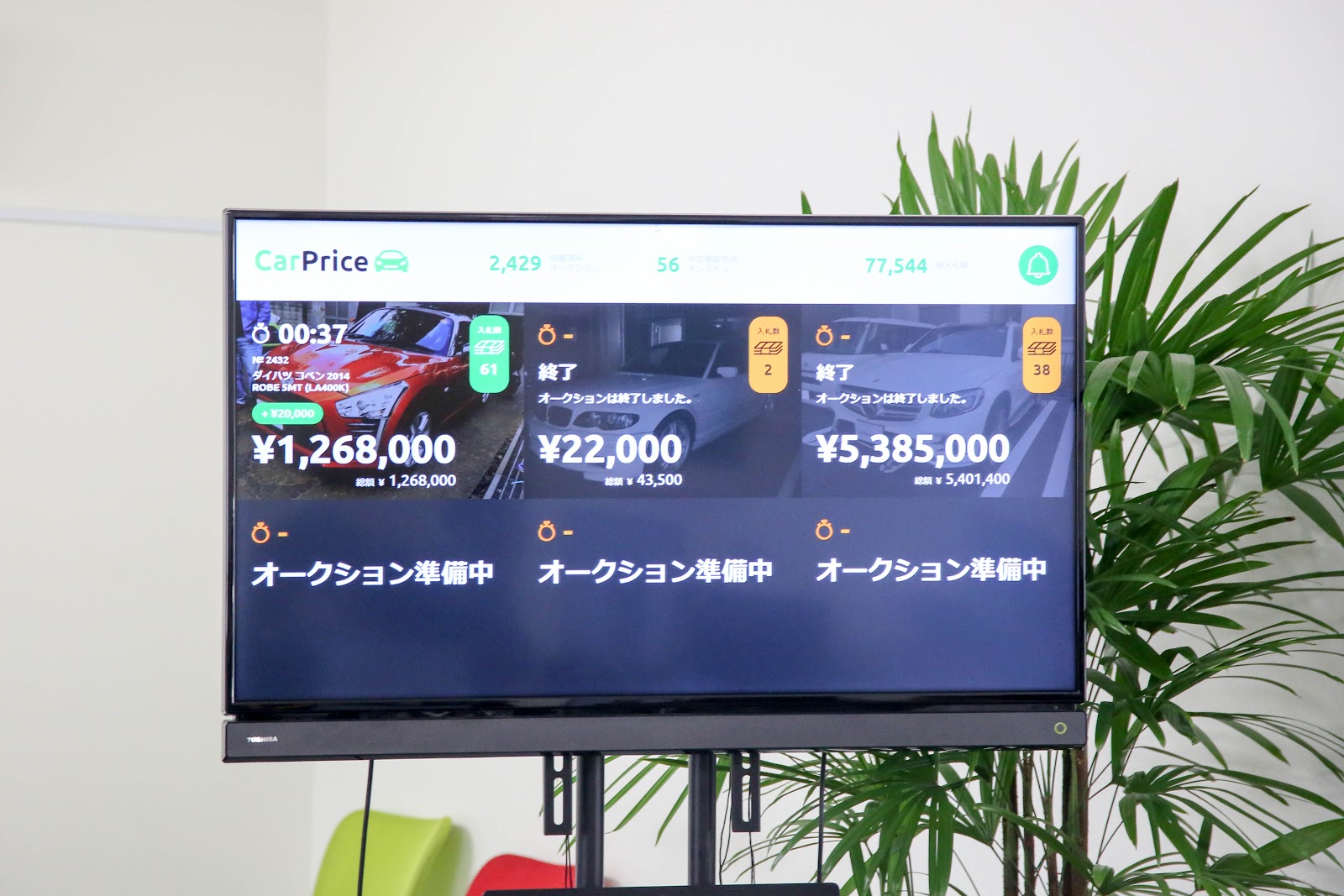
However, the most interesting and technological is the Japanese auto auctions, where professional traders work. The cars are exhibited by legal entities, companies from all over the world are buyers. Sale of cars at such auctions is organized with real Japanese pedantry and works like a clock. Each auction lasts several seconds, up to 16 auctions are held per minute. Tens of thousands of cars sell such auctions daily. They are sent to various corners of the globe - to countries with "native" to Japan right-hand traffic such as Australia, to the USA (expensive American cars with left-hand drive), throughout Southeast Asia, and also to our Far East.
While heavy jeeps and expensive premium sedans are brought to Russia from Japan, the Japanese themselves prefer frankly small cars, including more and more hybrid ones. The government encourages the development of electric vehicles and hybrids, subsidies are allocated for the purchase of such cars. Toyota Prius is perhaps the most common hybrid in Japan. Car runs are funny by Russian standards. It is quite possible to meet a five-year car with a mileage of 10-15 thousand km. The condition is also, as a rule, perfect - almost like a new car.
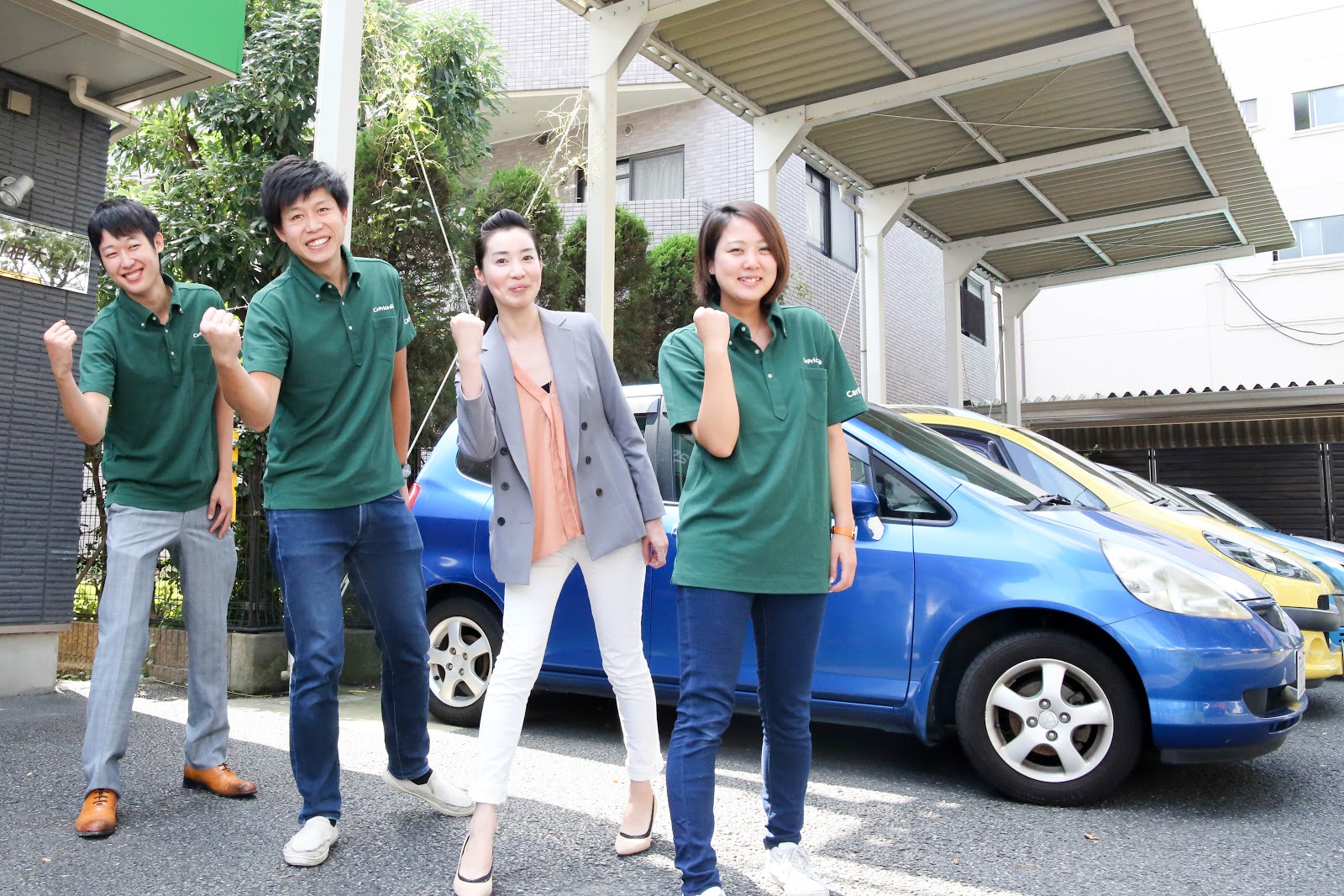
We have already said that owning a frankly old car in Japan is unprofitable. Ten-year cars with a range of 100 thousand kilometers can cost only 50-100 dollars. Sometimes companies selling used cars even offer to pick them up for free to save the owner from a headache. But in fact, such machines are quite on the go and after some time find themselves in the vastness of our Far East, in Africa or in the Middle East.
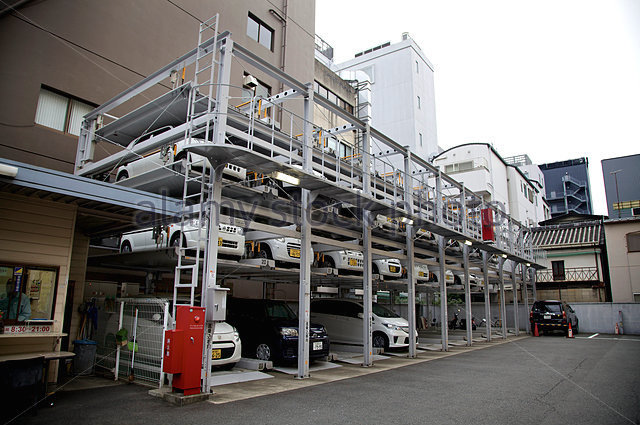
The Japanese, unlike us, do not go "to the far" - for one and a half thousand kilometers to relatives in Rostov. There are high-speed trains for this. In large cities like Tokyo, owning a car is very expensive: parking costs about $ 10 per hour, and a parking space near the house costs at least $ 300 per month. Many Japanese corporations in employee contracts prohibit coming to work on their machines. At the same time, corporations pay employees public transport. In rural areas, the opposite: the main means of transportation is a car.

Now in Japan, a new class is gaining popularity - small cars with engines of the order of 0.8 liters. Suzuki Wagon R, Daihatsu Tanto, Honda N-Box and similar kids filled the big cities. They are bought not so much because of fuel economy, but because of the small size, which allows you to park everywhere where markup permits.
So, in November 2015, four CarPrice employees appeared in Japan, who began to make a Japanese site. In January 2016, the first version of the site was ready, then the first customers appeared. After that, we worked on it for a year (including through AB testing), made specific pages for specific traffic. The current design is the third or fourth. Japan has its own characteristics in this regard, it is the country of mobile first, mobile phones here ruled the Internet even before the advent of smartphones. In Russia, sites are divided into mobile and regular, but Japanese https://www.carprice.co.jp/ we got a responsive design. In general, the story of the Japanese site is worth a separate post, we will prepare it in the near future.
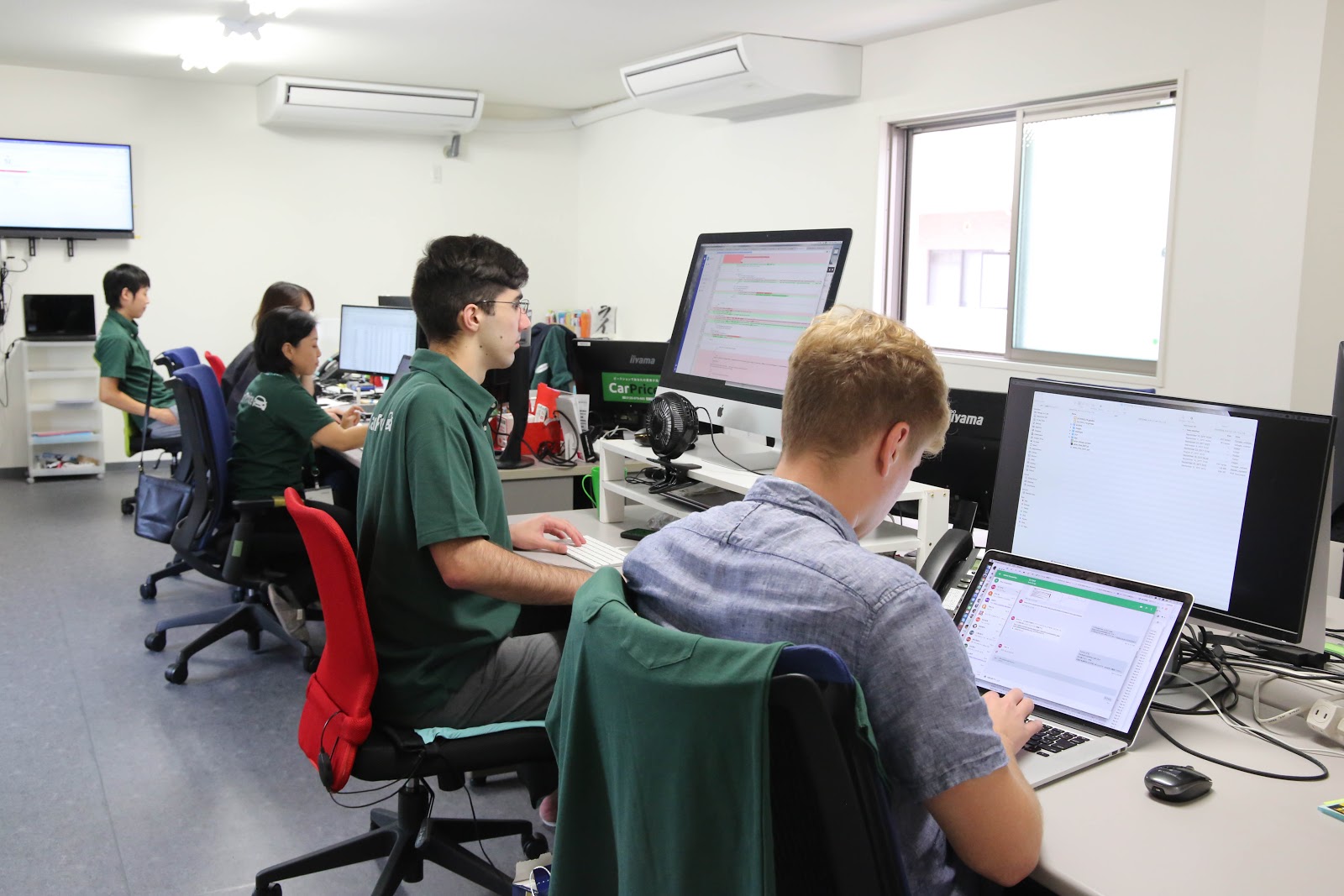
In the meantime, back to the local market. Due to the very high rental rates, creating a network of our own offices turned out to be unprofitable, it was easier to use the existing infrastructure - Japanese car services and gas stations (local gas stations are a different story - maybe we will post about them if readers are interested). CarPrice partners inspect cars according to our methodology, after which they enter the cars in the auction card. So the car enters the online environment.
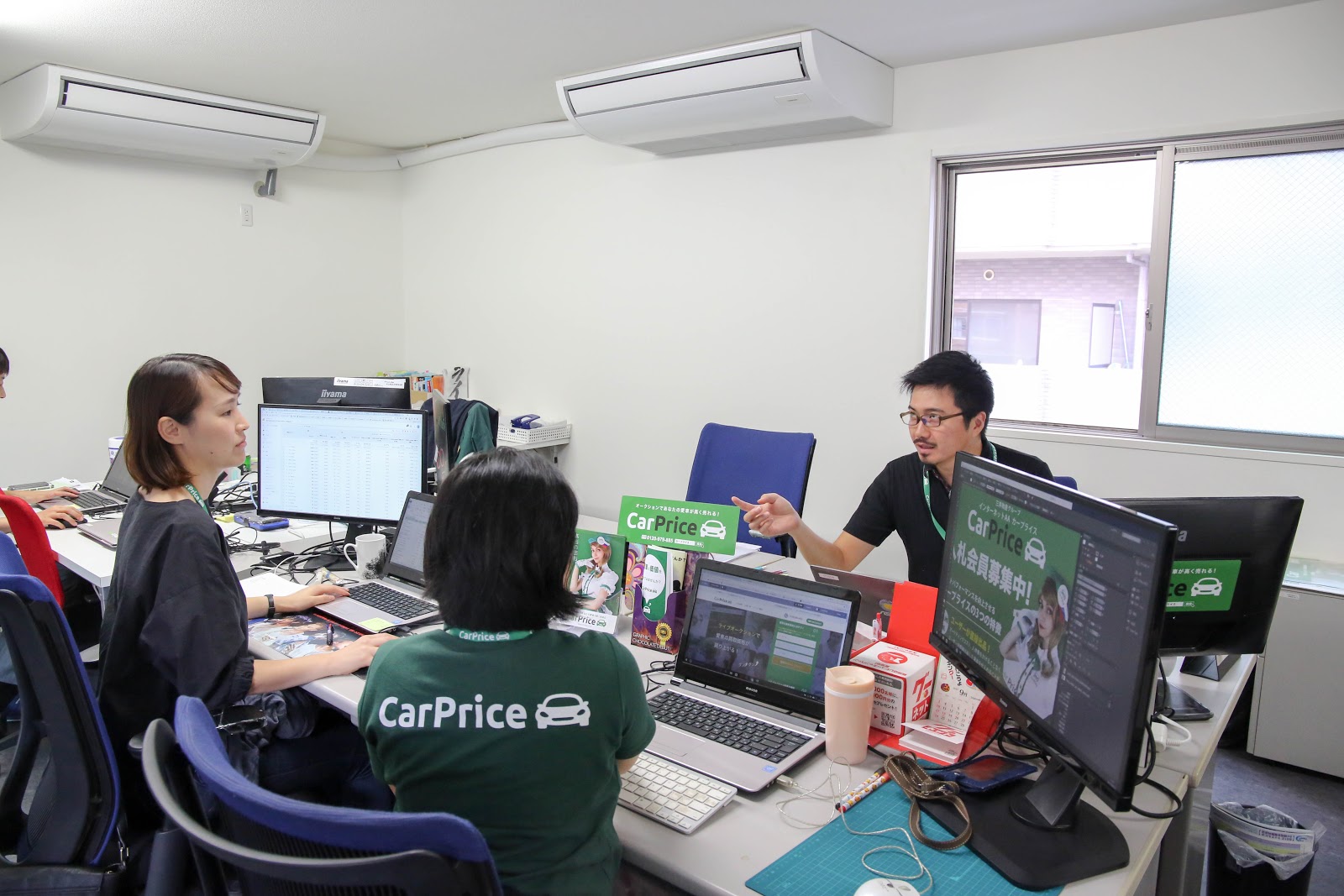
Cars purchased at auction are loaded onto a car transporter and sent directly to dealerships. About 90% go to Japanese dealers for resale on the domestic market and as a result do not leave the country. As a rule, these are relatively new cars, aged 3 to 5 years. And only about 10% are exported.
Premium cars - Lexus, Infiniti and the like - travel mainly to the Middle East and Singapore. There are Africans among our dealers: they buy cars, disassemble them, and then send parts to African countries. So they, having spent about 200-300 dollars on buying a car, only 400 dollars or more help out from the motor.

Unlike Russia, where the car seller receives the money immediately, in Japan they transfer it a week later - after the car reaches the dealer in the warehouse. This does not upset the former owners - it’s more important for them to get rid of the car, and you can get money later. The Japanese have literally blood order, and it is even more important there than in Germany. If the client has a contract on hand, it’s impossible to even imagine fraud.
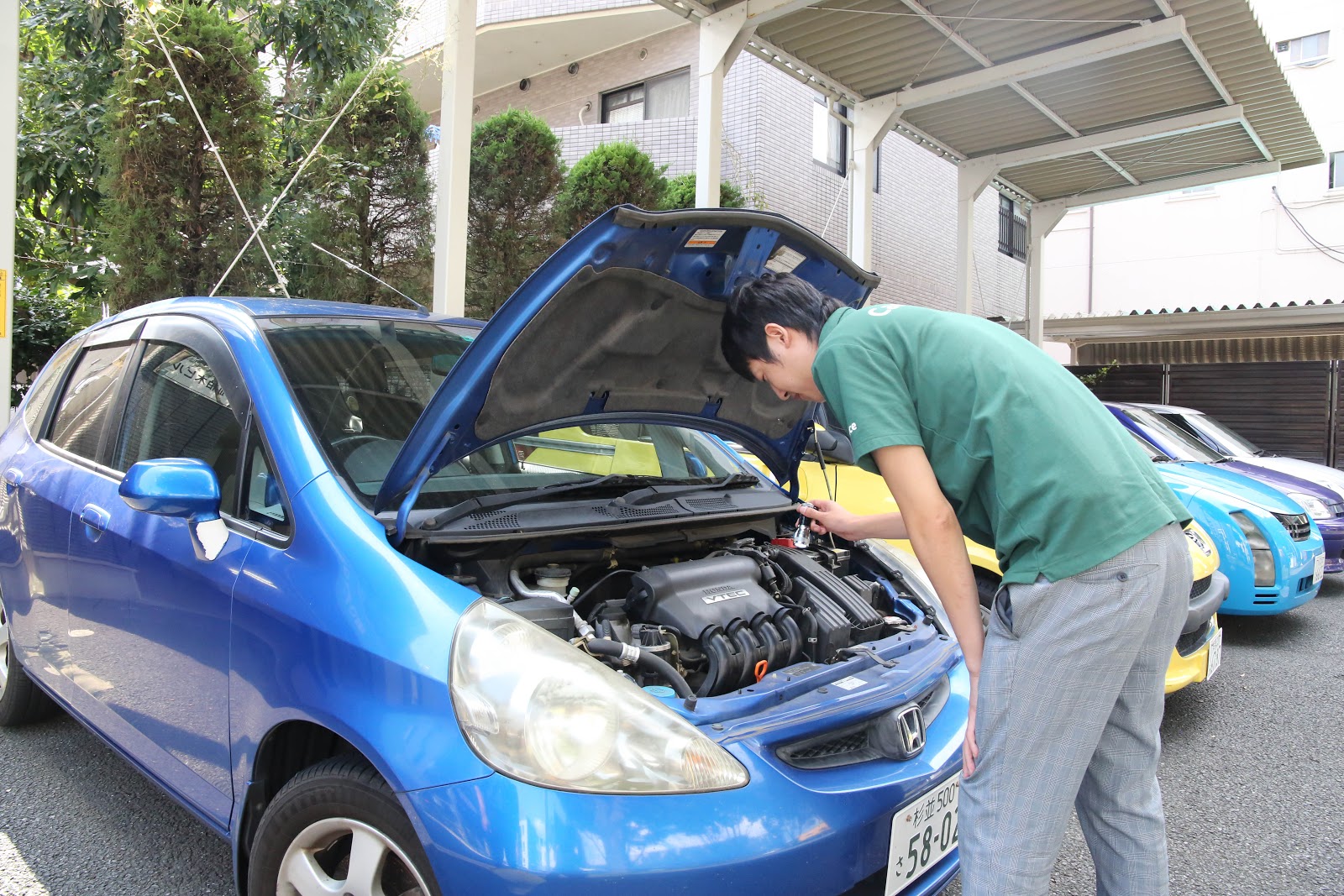
Gradually, we synchronized with the market and completely switched to fast auto auctions, abandoning long ones. To increase the speed, they introduced the popular “on-site assessment” in Japan - when the manager arrives at the client, and not vice versa. In general, we are actively using the more developed Japanese car market to test new technologies for buying and selling cars there and, if successful, quickly introduce them in Russia.

The most expensive car we bought in Japan is the Ferrari 458 Spyder, worth about $ 400,000. In Japan, such cars are not uncommon. Typically, cars more than 200 thousand dollars are framed by large corporations, firms and firms as a way to reduce taxes. Most of these cars have no mileage, or it is very small. Often the Japanese use such machines as a means of accumulating capital. Japanese banks simply do not charge interest on deposits - this is a consequence of an overheated economy. We have to find other ways to preserve and increase our "wealth."
In the following posts, we will describe in detail how the Japanese website was created and share other interesting observations about business in this country.
I almost forgot the most important thing. In our Japanese office we are looking for leading PHP developers, testers and iOS developers, as well as front-end developers from Russia. If you want to work in Japan, send a resume to hr@carprice.ru .
UPD : You can read about creating a site for the Japanese market in our new article .
Japanese companies selling used cars operate on decades-honed schemes. The interaction mechanisms are polished to a shine, but they practically do not take into account the wide opportunities that IT opens up. Assessing the Japanese market from this perspective, we saw the prospect of taking a share in this market.

By volume, the Japanese market for used cars is smaller than the Russian one - 3.2 million were sold in Japan last year, and 5.2 million used cars in Russia. The average price of a used car in Japan in rubles is only 188 thousand, and in Russia - 428 thousand. Used cars are inexpensive there, there are practically no frankly "killed" copies. In Japan, the level of motorization of the country is much higher than ours: about 64% of residents have a car, versus 39% of Russian people. Due to rather strict laws, the operation of a car older than 13 years in Japan is unprofitable and virtually meaningless, while new cars are no longer luxury and affordable for everyone.
How to sell cars in Japan?
About 75% of cars the Japanese sell in trade-in, and the price of each is always determined approximately, "by eye". Car dealers attract buyers with huge discounts on new cars. Something like this: we take your car for $ 200, but for a new one we give a discount of $ 2,000. The vast majority of new cars are sold on credit - interest rates are so low (about 2-4% per annum) that the loan is more like an installment plan.
The largest player in the used car market - Gulliver Auto, has 400 points. This is a real monster company that buys cars from the Japanese and resells them abroad. Usually in Gulliver they give half of the market price, but then the money immediately. After the purchase, the car can be anywhere - from Africa to Australia.

However, the most interesting and technological is the Japanese auto auctions, where professional traders work. The cars are exhibited by legal entities, companies from all over the world are buyers. Sale of cars at such auctions is organized with real Japanese pedantry and works like a clock. Each auction lasts several seconds, up to 16 auctions are held per minute. Tens of thousands of cars sell such auctions daily. They are sent to various corners of the globe - to countries with "native" to Japan right-hand traffic such as Australia, to the USA (expensive American cars with left-hand drive), throughout Southeast Asia, and also to our Far East.
What kind of cars do the Japanese own?
While heavy jeeps and expensive premium sedans are brought to Russia from Japan, the Japanese themselves prefer frankly small cars, including more and more hybrid ones. The government encourages the development of electric vehicles and hybrids, subsidies are allocated for the purchase of such cars. Toyota Prius is perhaps the most common hybrid in Japan. Car runs are funny by Russian standards. It is quite possible to meet a five-year car with a mileage of 10-15 thousand km. The condition is also, as a rule, perfect - almost like a new car.

We have already said that owning a frankly old car in Japan is unprofitable. Ten-year cars with a range of 100 thousand kilometers can cost only 50-100 dollars. Sometimes companies selling used cars even offer to pick them up for free to save the owner from a headache. But in fact, such machines are quite on the go and after some time find themselves in the vastness of our Far East, in Africa or in the Middle East.

The Japanese, unlike us, do not go "to the far" - for one and a half thousand kilometers to relatives in Rostov. There are high-speed trains for this. In large cities like Tokyo, owning a car is very expensive: parking costs about $ 10 per hour, and a parking space near the house costs at least $ 300 per month. Many Japanese corporations in employee contracts prohibit coming to work on their machines. At the same time, corporations pay employees public transport. In rural areas, the opposite: the main means of transportation is a car.

Now in Japan, a new class is gaining popularity - small cars with engines of the order of 0.8 liters. Suzuki Wagon R, Daihatsu Tanto, Honda N-Box and similar kids filled the big cities. They are bought not so much because of fuel economy, but because of the small size, which allows you to park everywhere where markup permits.
How did CarPrice work in Japan?
So, in November 2015, four CarPrice employees appeared in Japan, who began to make a Japanese site. In January 2016, the first version of the site was ready, then the first customers appeared. After that, we worked on it for a year (including through AB testing), made specific pages for specific traffic. The current design is the third or fourth. Japan has its own characteristics in this regard, it is the country of mobile first, mobile phones here ruled the Internet even before the advent of smartphones. In Russia, sites are divided into mobile and regular, but Japanese https://www.carprice.co.jp/ we got a responsive design. In general, the story of the Japanese site is worth a separate post, we will prepare it in the near future.

In the meantime, back to the local market. Due to the very high rental rates, creating a network of our own offices turned out to be unprofitable, it was easier to use the existing infrastructure - Japanese car services and gas stations (local gas stations are a different story - maybe we will post about them if readers are interested). CarPrice partners inspect cars according to our methodology, after which they enter the cars in the auction card. So the car enters the online environment.

Cars purchased at auction are loaded onto a car transporter and sent directly to dealerships. About 90% go to Japanese dealers for resale on the domestic market and as a result do not leave the country. As a rule, these are relatively new cars, aged 3 to 5 years. And only about 10% are exported.
Premium cars - Lexus, Infiniti and the like - travel mainly to the Middle East and Singapore. There are Africans among our dealers: they buy cars, disassemble them, and then send parts to African countries. So they, having spent about 200-300 dollars on buying a car, only 400 dollars or more help out from the motor.

Unlike Russia, where the car seller receives the money immediately, in Japan they transfer it a week later - after the car reaches the dealer in the warehouse. This does not upset the former owners - it’s more important for them to get rid of the car, and you can get money later. The Japanese have literally blood order, and it is even more important there than in Germany. If the client has a contract on hand, it’s impossible to even imagine fraud.

Gradually, we synchronized with the market and completely switched to fast auto auctions, abandoning long ones. To increase the speed, they introduced the popular “on-site assessment” in Japan - when the manager arrives at the client, and not vice versa. In general, we are actively using the more developed Japanese car market to test new technologies for buying and selling cars there and, if successful, quickly introduce them in Russia.

The most expensive car we bought in Japan is the Ferrari 458 Spyder, worth about $ 400,000. In Japan, such cars are not uncommon. Typically, cars more than 200 thousand dollars are framed by large corporations, firms and firms as a way to reduce taxes. Most of these cars have no mileage, or it is very small. Often the Japanese use such machines as a means of accumulating capital. Japanese banks simply do not charge interest on deposits - this is a consequence of an overheated economy. We have to find other ways to preserve and increase our "wealth."
In the following posts, we will describe in detail how the Japanese website was created and share other interesting observations about business in this country.
I almost forgot the most important thing. In our Japanese office we are looking for leading PHP developers, testers and iOS developers, as well as front-end developers from Russia. If you want to work in Japan, send a resume to hr@carprice.ru .
UPD : You can read about creating a site for the Japanese market in our new article .
